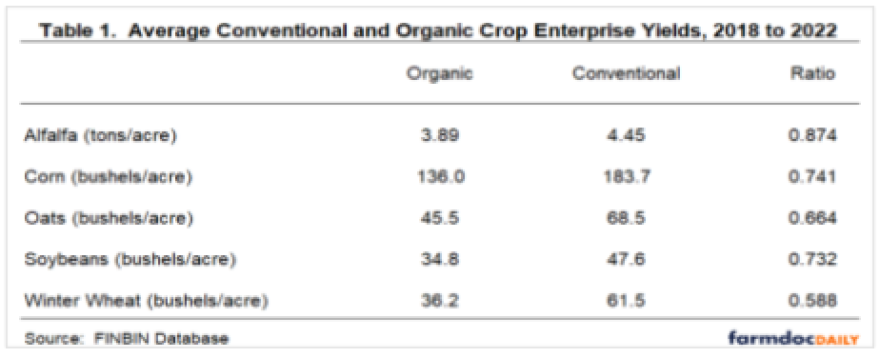National Farm Safety Week runs from September 17th through the 23rd, which reminds us that farming and ranching is often a dangerous occupation. During 2021, workers in the agriculture, forestry, fishing and hunting industry experienced one of the highest fatal injury rates at 20 deaths per 100,000 full-time workers, compared to a rate of 3.6 deaths per 100,000 workers for all U.S. industries. Transportation incidents, including tractor overturns and roadway crashes, were the leading cause of death for farmers and farm workers. Almost two-thirds of those fatalities occurred to workers 55 years of age and older, while in 2014, an estimated 12,000 youth were injured on farms; 4,000 of these injuries were due to farm work.
Rural areas of the country, including Colorado, suffer from a shortage of veterinarians. To attract veterinarians to rural areas of the state, the Colorado Veterinary Education Loan Repayment Program was signed into law in 2017 and provided up to $70,000 over a four year period to pay off student loan debt for veterinarians who agreed to serve in rural, under-served areas of the state. So far, funding was provided to two veterinarians. This spring, the legislature passed amendments to the law through Senate Bill 44. The legislation expanded the available funding to accommodate six veterinarians who can receive up to $90,000 each for working in rural communities with food animal medicine needs. Preference is given to applicants who graduated from the Colorado State University College of Veterinary Medicine and Biomedical Sciences.
Conventional farming practices depend on large investments in equipment, inputs of purchased herbicides, insecticides, fungicides, and fertilizers to produce maximum crop yields that will hopefully return enough money to make their efforts profitable each year. Some farmers believe that organic farming is a sure-fire way to go broke, but a University of Illinois Farm Doc Daily comparison study of organic farming versus conventional farming yields and returns contradicts that logic on some crops. Looking at returns from alfalfa hay, corn, oats, soybeans and winter wheat, researchers found that while yields were lower for organic crops, the returns per acre for some crops were higher than for conventionally produced crops. For example, returns per acre for organic corn were $350 higher than conventionally produced corn, and organic soybeans delivered $279 more than conventional soybeans. Returns for organic oats were $20 less per acre than conventionally grown oats, and organic hay returns were $24 per ton less than conventional hay. Farm Doc Daily tables detailing these results are below:



Did you ever wonder what happens to all of the Hershey candy that’s left over in stores after candy intense holidays like Christmas, Easter and Halloween? One day it’s there and the next week it’s gone, which usually doesn’t matter to those of us who are completely burned out from eating too much chocolate for a week or more. According the company, it goes back to the factory in Hershey, Pennsylvania where the wrappers are removed, the candy is dried and the pulverized into “candy meal” which then goes to Cargill feed mills where it’s added to cattle feed the company supplies to hundreds of dairy farms in the Northeast that provide fresh milk from 17,000 dairy cows to Hershey’s to make more chocolate candy.
Benjamin Franklin wrote “An ounce of prevention is worth a pound of cure”



